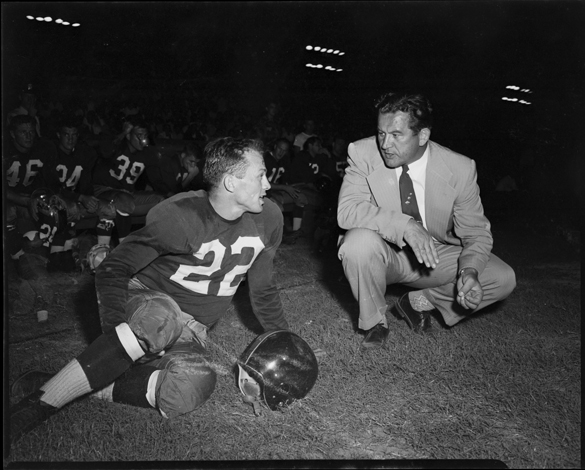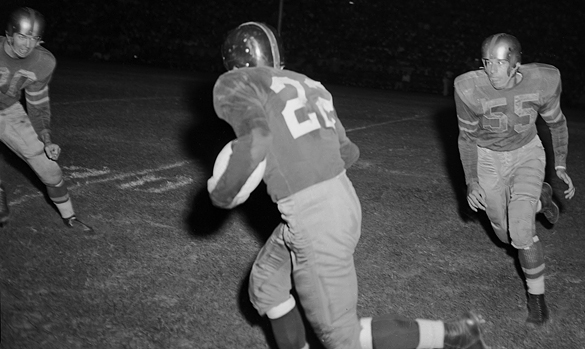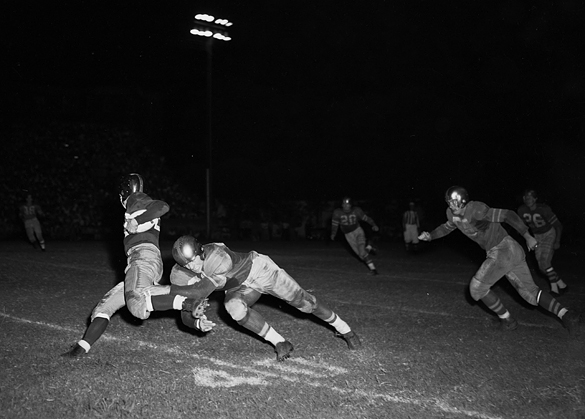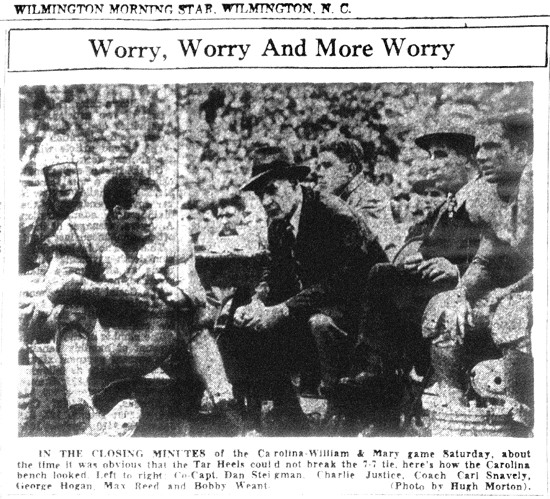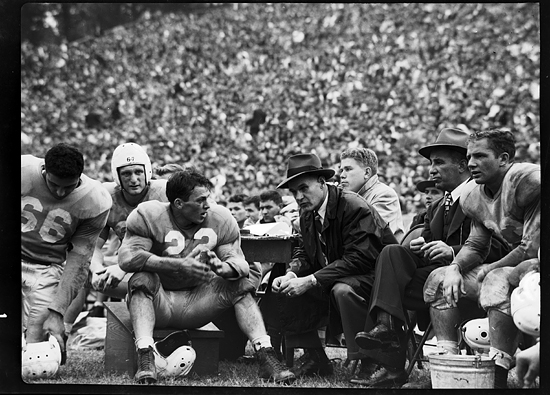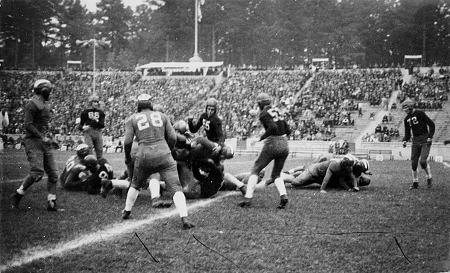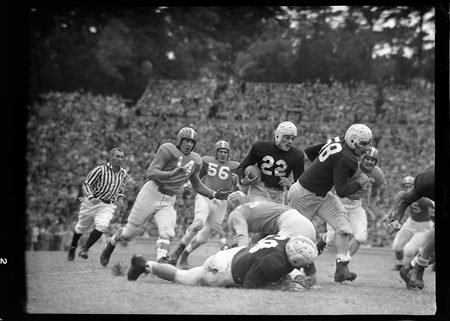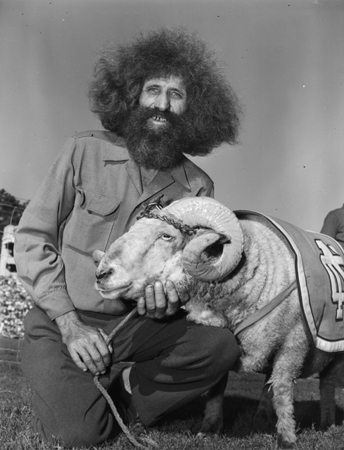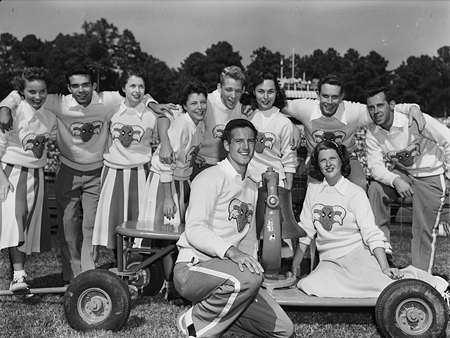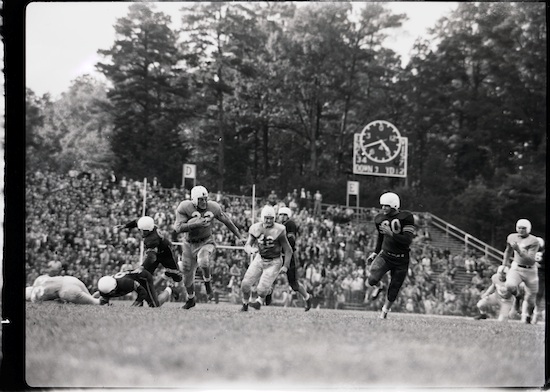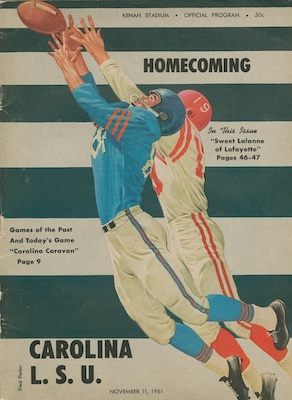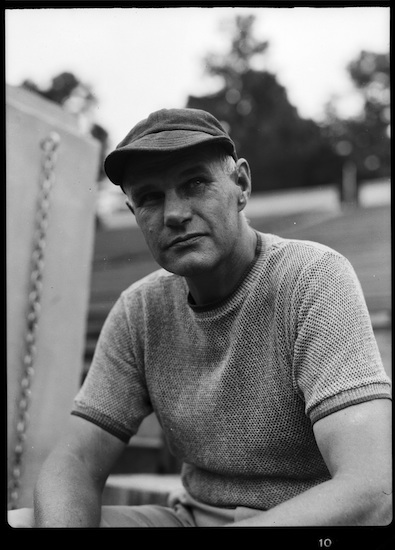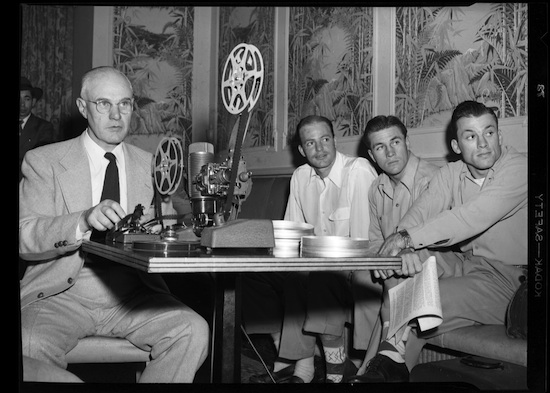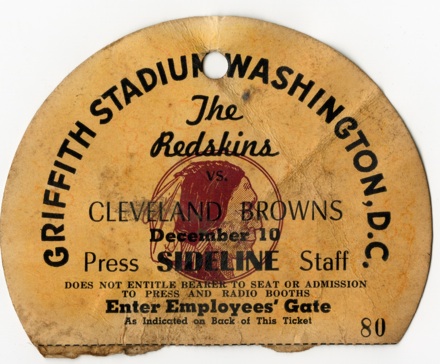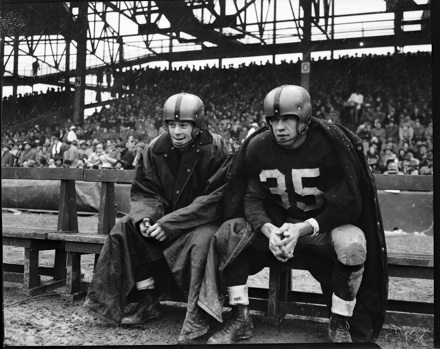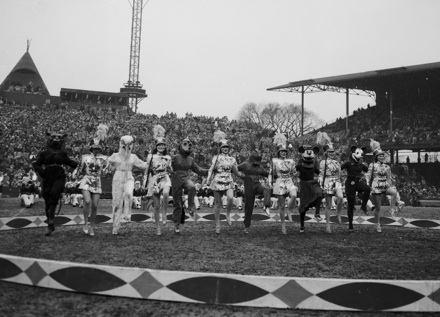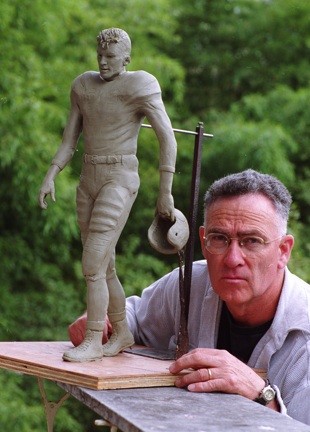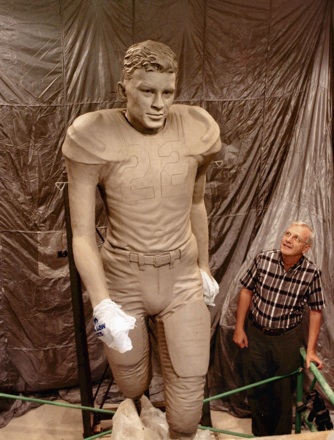On Monday my e-mailbox contained a message with the subject line “Possible Post” from regular contributor Jack Hilliard. Given the calendar—this weekend is UNC’s homecoming—Jack’s article is timely. Charlie Justice and UNC football in the 1940s are his topics this time around and Justice was the focus of Jack’s post last week, so he suggested that using this story later in the year might be best. Well maybe, but on the other hand . . . , “Go go go go Care-lina!”

In August of 1947, a popular preseason football magazine predicted the UNC Tar Heels would be among the nation’s elite come football season. Smith Barrier writing in the Illustrated Football Annual said, “with Charlie Choo Choo Justice, accompanied by a brawny crew of conductors, engineers, and brakemen, North Carolina is the high pride of the Southern Conference.”

Tar Heel fans and alumni were in complete agreement when the Tar Heels started off the season with a second half victory over Georgia in Chapel Hill on September 27th. Following a 0 to 0 first half, the Tar Heels were led back on the field for the second half by a rotund man named Lath Morris…known as “Tarzan” to Tar Heel followers. With megaphone in hand he shouted, “Go, go, go, go . . . Care-lina!” The students shouted back, “Go, go, go . . . Tarzan.” UNC’s Art Weiner, with five catches, led the Tar Heels over the Bulldogs 14 to 7.
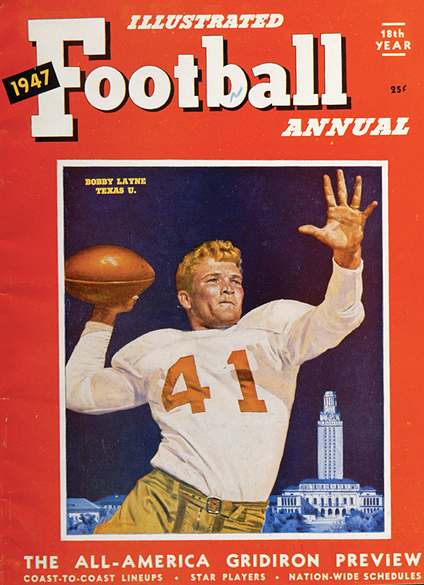
On Friday, October 3rd, the Heels took their first plane trip as a team, heading to Austin to meet All America Bobby Layne and the undefeated University of Texas. Saturday, October 4th was a hot 86- degree-day in Texas and the Longhorns were even hotter. They defeated Carolina 34 to 0. When the Associated Press rankings came out on October 6th, Texas was number three . . . the Tar Heels were 19th.
The Tar Heel faithful said OK we’ll re-group and get back on track next week when Coach Peahead Walker’s Wake Forest Demon Deacons come to Kenan. So on October 11th, 35,000 fans crowded into comfortable 63-degree- Kenan Stadium to see the Deacs and the Heels renew a rivalry that started back in 1888. Carolina won the toss that afternoon, but that’s about all. Wake Forest dominated play in the first half and led 19 to 0 at the break.
The second half wasn’t much better for Coach Carl Snavely’s troops; however, they did hold Wake scoreless and in the 4th quarter Charlie Justice completed a touchdown pass to Danny Logue. In the end, Wake’s defense had held the highly regarded UNC offense to 29 yards on the ground and 75 through the air. Wake Forest had entered Kenan Stadium that afternoon undefeated and left the same way. The final score: Wake Forest 19, Carolina 7.
“We were outclassed,” said Coach Snavely after the game.
Justice, emotionally upset, blamed himself for the loss and added, “we’ve got nothing left but our press clippings.”
Hugh Morton’s image of Coach Snavely congratulating Coach Walker as his players carried him from the field, says it all.

A promising season in early August had turned into a disaster by Mid-October. Seven games remained on the 1947 schedule, so the season could be salvaged. A trip to Williamsburg and a game with William & Mary was Carolina’s next challenge. The Tar Heels won that challenge and never looked back. They reeled off seven straight wins, finished the season with an 8-2 season, and when the final AP poll was published on December 8th, Carolina was ranked 9th and received 2 first place votes. Coach Snavely would later say the ’47 team was one of his best.
The Heels would not lose another regular season game until October 22, 1949. The loss to Wake Forest on October 11, 1947 holds a place in the UNC football history book. It was the first Justice Era (1946-1949) team loss in Kenan Stadium, and it’s the only Justice Era loss to any of the teams that would, six years later become the Atlantic Coast Conference.

